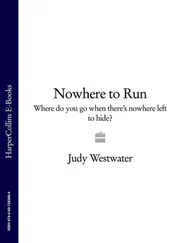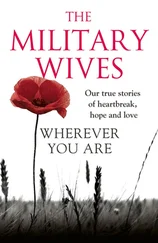On the second page of the book, he pauses and wipes his brow. He looks at the trowel in his hand, his primary tool for uncovering the past, and he notes that the blade is as strong and as flexible "as a Toledo sword." Toledo, Spain, was a great sword-making center at the time that these Indians he's uncovering flourished.
Well into the book, 158 pages into it, one of the ranchers who has been displaced by the government comes and takes Darryl and his two grad assistants hostage. The army has the place surrounded. The rancher threatens to kill his hostages. At some point, the young woman starts to weep, which angers the rancher, and he moves his rifle as if to kill her. Darryl is appalled, but what can he do? The rancher doesn't kill her, but a few moments later, to show he means business, he turns and fires his gun, and what he chooses for a target is the skull of one of the young women. The skull shatters. This is what makes Darryl act and exposes the pattern of his psychology. Lying there unnoticed in the dirt is the trowel that was introduced a hundred pages earlier in what metaphor? The Toledo sword. That's what he uses to kill the rancher. He is capable of killing a man, and he does it with what is the very symbol of his humane science but which was introduced with a metaphor of violence.
Lloyd will eventually come to rape Anna Brown. But let me tell you first about that atomic bomb and Lloyd's work. The first atom bomb was a fusion device, which means that in the middle of the bomb is a bit of fissionable plutonium to start the chain reaction. Around it are packed conventional explosives, and then surrounding all of that a lens (and it requires a very precise development to get it just the right shape). When the explosives are set off, the shock wave travels outward, but instead of dispersing outward, it hits the lens and is redirected with exponentially greater force into the center — that is, into the plutonium. And that force is sufficient to start the chain reaction.
Early in the book, Lloyd meditates on the bomb he is creating, and how in his own mind does he see this fusion process? He says, "The plutonium waits in the center of the bomb like a bride."
Well, the fusion process is exactly the process of Lloyd's psychology. He's a man of the mind, rigorously so. He keeps the explosive potential of his violence within him. He proposes to Anna — he wants to make her his bride —and she turns him down pretty sharply. It's the way he shuts in — ignores— his explosive rage that eventually leads him to rape her. The rape scene, which is very near the end of the book, though it is an in-the-moment, through-the-senses scene, is also a precise metaphor for the bomb Lloyd has created. It waits in the center like a bride.
You understand what I'm saying now, in this artificial way, with regard to this one novel, about the sensual patterning of details. The bomb, the fusion process, the abusive father, the trowel, the sword, the bride, the ancient murders, the hostage-taking rancher, the rape, the Holocaust, the uncovering of the past, and the containing of violence: event echoes detail, sensual moment becomes metaphor, returning, recomposing, and reincorporating toward the phenomena of resonance and motif.
6. Reading, Lit Crit, and the Workshop
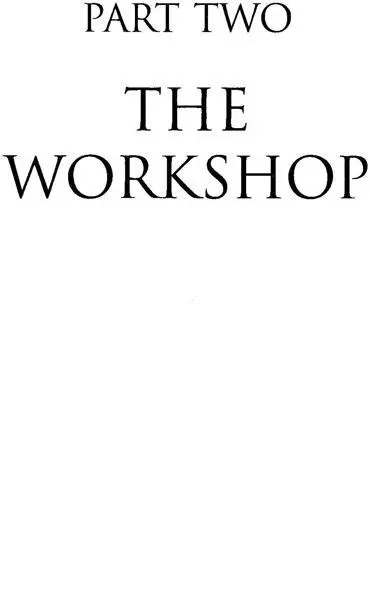
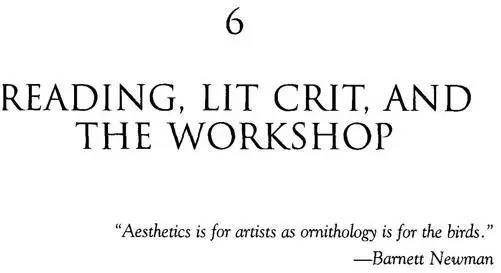
Don't underestimate the powers inside you that would have you flinch and convince you that you are doing the right thing.
Here's a good one. Let's read a good book. Let's read the latest Janet Burroway novel. Now, of course you must read in order to be a writer, and read ravenously. But there are points in your writing day, and even in your life, when you run the danger of hiding in somebody else's voice, somebody's else's vision and sensibility. A moment comes when it's time to find your own artistic identity and find a way into your unconscious. And then you will need to manage your reading carefully. There are even wonderful ideas that another voice will give you, which seem to be furthering your writing career but in fact may be invitations to avert your eyes. You have to write.
Readers as well as writers need to understand that if a work of art is not an object of the mind, if a work of art is a product of the dreamspace, then a reader's primary encounter with this object also needs to be in the dreamspace. As I mentioned
earlier, as readers you need primarily and necessarily to thrum to the work.
When I say that, I know I put myself in the position of contradicting much of what you've learned about how to read. So be it — because I think that some very basic mistakes have been made in how you have been taught to read. The peda-gogical approach itself may not be inappropriate, but there are important caveats that need to attend it in order for you to make sense of the process.
Walker Percy made a wonderful point about the semiotics of the novel: he thinks that a novel, for all its length, is just an extremely long name for a complex, evolving emotion that has no name but that. I've often thought that if someone were to ask me what's the meaning of my novel F air Warning, the only answer is: read it again. Fair Warning is a 75,ooo-word name for a complex, evolving emotion or state of being or state of the universe — and, therefore, even what it's the name of is not statable. The Maori of New Zealand have a name for a hill that translates as "The Place Where Tomatia, the Man with Big Knees, Who Slid, Climbed, and Swallowed Mountains, Known As Land-Eater, Played on the Flute to His Loved One." And that's rather like a novel. What's the name of that mountain? Well, it's this. To ask, What does that name mean? is meaningless. It has no other meaning; the name is irreducible. So too are the novel and the short story, irreducible names.
Your experience of this name should be aesthetic, not analytical. A kind of harmonic resonance is set up within you. That is the primary and appropriate response to a work of art.
You don't listen to a Beethoven symphony or look at a Monet painting or watch Suzanne Farrell dance and walk away with your head full of ideas, having, say, sat in your chair and had the keen intellectual enjoyment of watching the way the t hemes of the first movement were echoed in the second and then turned into that crescendo in the fourth. That's a separate kind of pleasure with certain value, but it is not the aesthetic response.
It seems to me that a lot of literature classes go wrong because the teachers, unintentionally but often intentionally, give the impression that writers are rather like idiots savants: they really want to say abstract, theoretical, philosophical things, but somehow they can't quite make themselves do it. So they create these objects whose ultimate meaning and relevance and value come into being only after they have been subjected to the analysis of thoughtful literary critics, who translate that work into theoretical, philosophical, ideational terms. And that is somehow the final usefulness, purpose, and meaning of the work. In how many literature classes have you heard it asked, "What does this work mean?" As if it had no meaning in the mere reading of it. Or, worse, "What is the author trying to say?" Trying. You've been in the presence of these attitudes, have you not? Well, this is nonsense, folks. Absolute nonsense. In the presence of such attitudes, your ability to read a work of literary art is actually being destroyed. I suspect the reason cinema is presently the most popular art form in our culture is that so few people have had film appreciation classes. They still are capable of an aesthetic response in a movie house.
Читать дальше
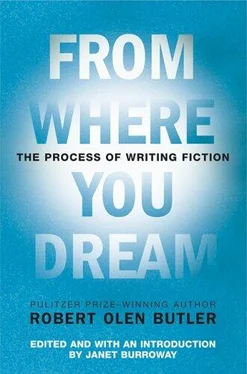


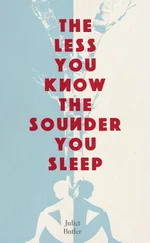
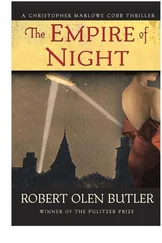
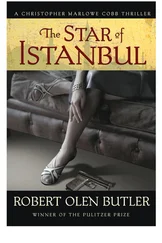
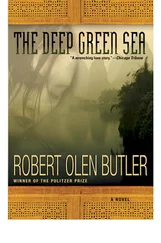
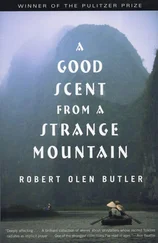
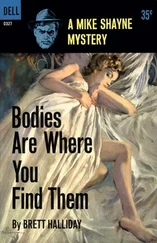
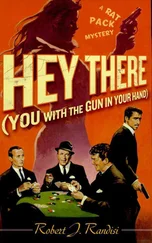

![Theresa Cheung - The Dream Dictionary from A to Z [Revised edition] - The Ultimate A–Z to Interpret the Secrets of Your Dreams](/books/692092/theresa-cheung-the-dream-dictionary-from-a-to-z-r-thumb.webp)
